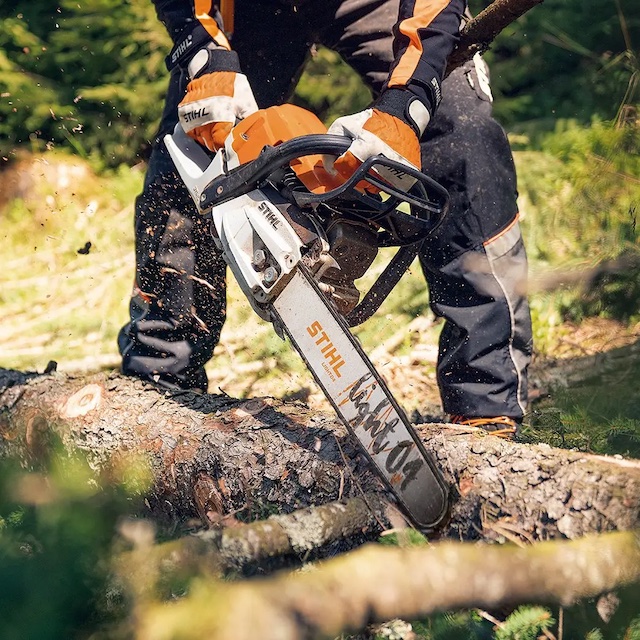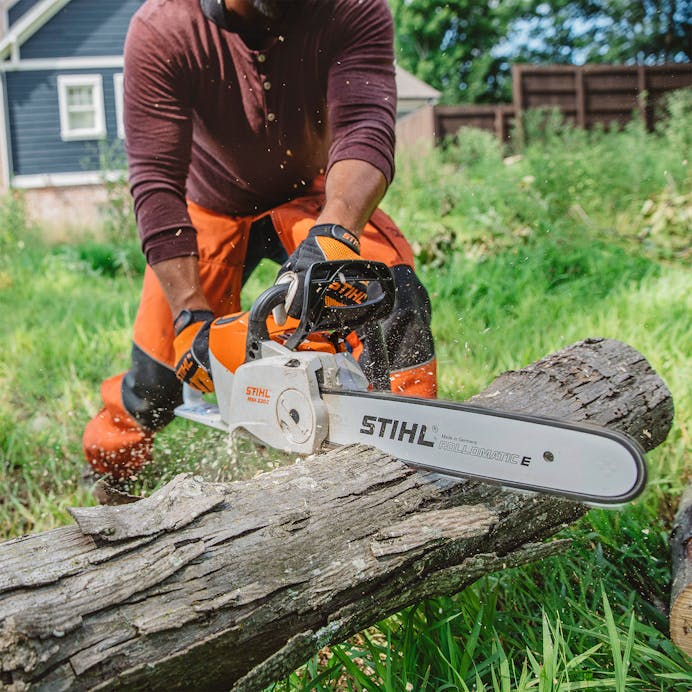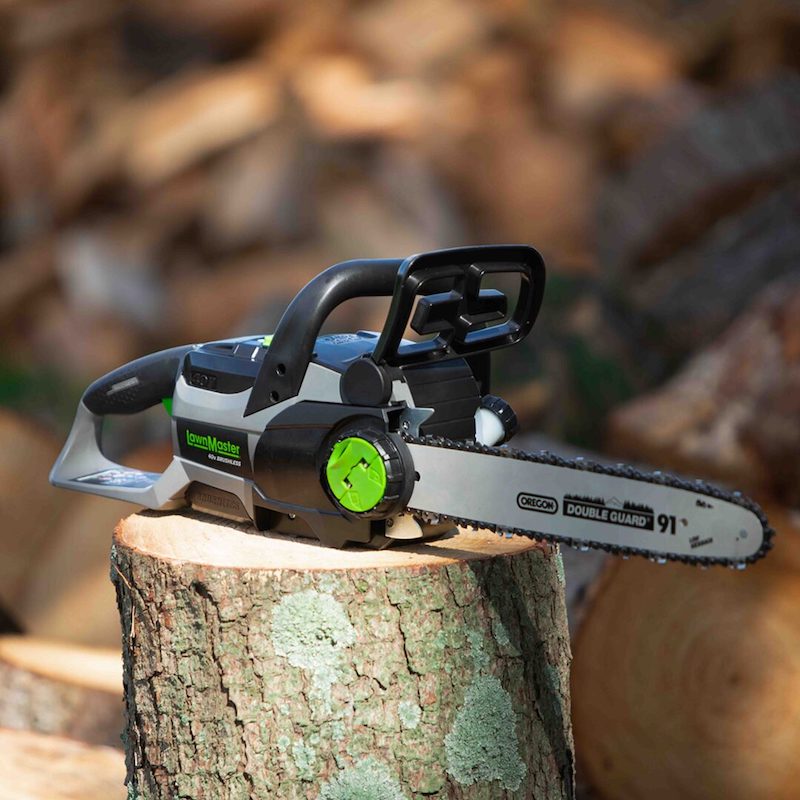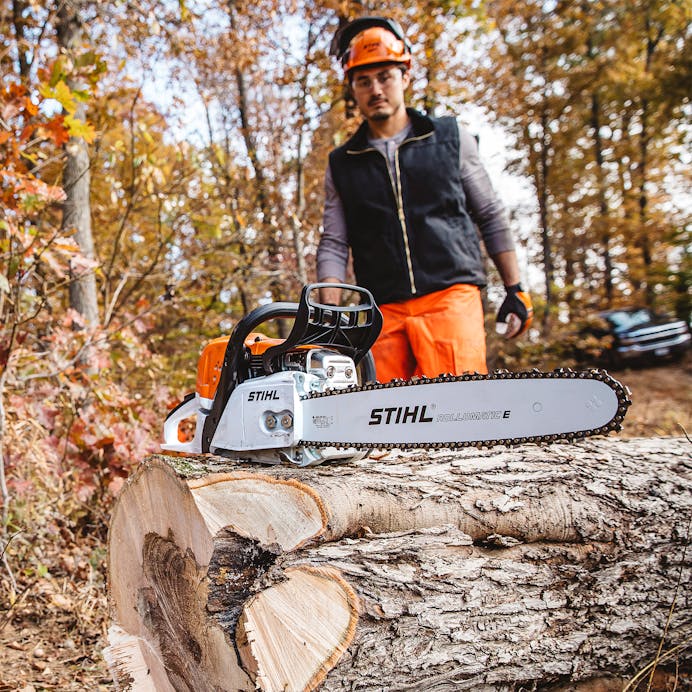The Surprising Medical Origins of Chainsaws
What were chainsaws originally invented for? Most know chainsaws for woodcutting, yet their startling beginnings tell a different story. These power tools, today synonymous with lumberjacking, had original purposes unrelated to forestry. Their invention was driven by a medical necessity – easing childbirth complications.
Early Medical Instruments for Childbirth
Before the modern chainsaw’s birth, its ancestor played a crucial role in medicine. In the 18th century, difficulties in childbirth prompted the creation of tools to assist delivery. Early chainsaw models were hand-cranked implements. They were designed to cut through bone and cartilage. This made it easier to remedy difficult births that endangered mothers and children. The devices aimed to speed up symphysiotomies, widening the space for the baby to be born.
In these earlier times, childbirth interventions varied in brutality and risk. But the rudimentary chainsaw model offered a more targeted approach. Despite its benefit, the practice of using such medical chainsaws faded. This was due to emerging C-sections’ increasing success and safety.
Aitken and Jeffray’s Role in the Invention
Enter Scottish doctors John Aitken and James Jeffray. They paved the way for the chainsaw’s medicinal usage with a remarkable invention. In the late 18th century, they designed a prototype to aid in childbirth, known as a ‘flexible saw’. Their version featured a chain with small teeth – quite different from the roaring engines of today’s timber industry.
The original chainsaw was a manual tool. It was much smaller, more precise, and hand-operated. Aitken and Jeffray’s design focused on minimizing the risks associated with difficult deliveries. This early version did not see widespread use. Yet, it was a significant step that inspired the evolution of the tool beyond its medical roots.
Evolution from Medical Tool to Woodcutting Device
The chainsaw has undergone a remarkable transformation since its medical beginnings.
Advances in Design and Technology
Early chainsaws were far different from the ones we know. Designed for medical use, they were hand-cranked, small, and precise. By the start of the 20th century, technology had advanced. Saws used for wood became more robust, powered by electricity or gasoline. Metal and engine advancements allowed chainsaws to become portable. This made woodcutting easier and faster for workers.
Transition to Timber Industry Applications
What were chainsaws originally invented for? Not for the timber we know now. But, as the industrial era grew, so did the need for efficient tools. The chainsaw moved from the operating room to the forest. Patents for machines like the ‘Chain Sawing Machine’ and the ‘Endless Chain Saw’ surfaced. They aimed at transforming lumber production. These inventions cut down giant trees and made wooden boards. The shift redefined the chainsaw’s purpose, making a new mark in the timber industry.
The Development of the Osteotome
The osteotome marked a significant advancement in medical tool design. This device, akin to early chainsaws, was essential in surgeries. What were chainsaws originally invented for? They began as medical instruments, which evolved into the osteotome.
Heine’s Influence on Chainsaw Mechanics
German physician Bernhard Heine’s creation, the osteotome, came in 1830. His design included a toothed wheel and handle. It enhanced the mechanics of the chainsaw. Heine’s osteotome used a hand-cranked gear to fasten the cutting process. This invention influenced modern chainsaw development.
Applications in Surgery and Beyond
Initially, the osteotome’s purpose was surgical, aiding in bone cutting. Its precision made it fit for delicate operations. As a result, it was used in childbirth to ease labor and surgery to remove diseased bone. Over time, its use expanded. The mechanism inspired the portable chainsaws we use in timber work today.
Implementing Chainsaws in the Timber Industry
In the timber industry, the chainsaw is a vital tool. Its journey from a medical device to a logging essential is remarkable.
From Manual Saws to Mechanical Goliaths
The transformation was striking. Early chainsaws were small, and doctors operated them by hand. But loggers needed more power and size. As wood demand grew, the designs shifted. By the 1900s, chainsaws had become larger. They were mechanical beasts compared to their modest beginnings. They sliced through huge trees, revolutionizing the timber trade. This shift was part of the industry’s push for efficiency.
James Shand’s Portable Chainsaw Patent
In 1918, a leap forward occurred. Canadian James Shand patented the first portable chainsaw. This invention made cutting trees faster and easier than ever. Shand’s design allowed one person to carry the chainsaw to the work site. Before this, two men were needed just to handle the saw. This advancement was a game-changer. It set the stage for more innovations in the chainsaw’s design and function.
The Influence of Chainsaws in Emergency Childbirth Methods
The chainsaw’s history is intertwined with emergency childbirth. Before the evolution of the device for timber, it served as a vital instrument in medical procedures.
Alternatives to Symphysiotomy in the 18th Century
In the 18th century, symphysiotomy was a common practice. This procedure involved cutting the pubic symphysis to ease childbirth. Alternatives were scarce and often brutal. Craniotomies and C-sections carried high risks. They often led to the death of the mother or child. Before chainsaws, doctors used knives. These posed a severe risk of injury to the mother. The introduction of the chainsaw offered a more controlled method. It was seen as a medical breakthrough of its time. This instrument, though primitive, aimed to improve the process. With a focus on safety and efficiency, it facilitated symphysiotomies.
Modern Reinterpretations of Birth Assistance Tools
Today, medical technology has greatly evolved. Tools like chainsaws have nothing to do with childbirth. Modern birth assistance is less invasive and more precise. New methods prioritize the health and well-being of mother and child. The chainsaw’s design principles live on in some contemporary tools. Devices like the electric scalpel and laparoscopic equipment reflect past innovations. They offer precision that 18th-century doctors could only imagine. The chainsaw’s legacy in medicine is a testament to the constant drive for improvement. It stands as an example of how technology can evolve to meet the needs of different times.
Ethical and Technological Impacts
Medicine has come a long way in terms of ethical practices. Earlier, medical tools like the early chainsaw raised questions on surgical safety. Back in the 18th century, there were fewer guidelines. This often put patients at risk. Today, there are strict ethical rules to protect patients during surgeries.
A Look at Medical Ethics and Practices Then and Now
What were chainsaws originally invented for? Their history shows us how medical ethics have evolved. Back then, doctors used rudimentary chainsaws in childbirth with the best intentions. However, such practices today would be unthinkable. The focus now is on minimizing pain and risk. We’ve established clear ethical standards. They ensure safe and humane treatment for all patients. Modern medicine respects the patient’s dignity and consent.
How Technological Innovation Influenced Medical Procedures
Technology has reshaped medical practices. The development of the chainsaw led to the osteotome. This set the stage for further inventions. Now, we have precise tools that offer safety and efficiency. These tools have changed how we approach medical issues. They result in better outcomes for patients. Technological leaps have also reduced the need for invasive procedures. This has increased patient recovery rates. Overall, technological progress has made surgeries safer and more effective.



